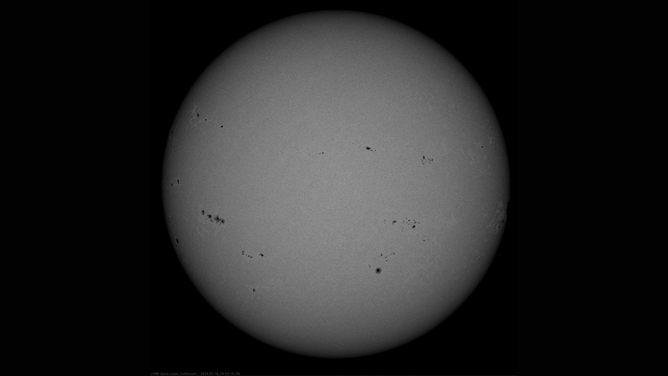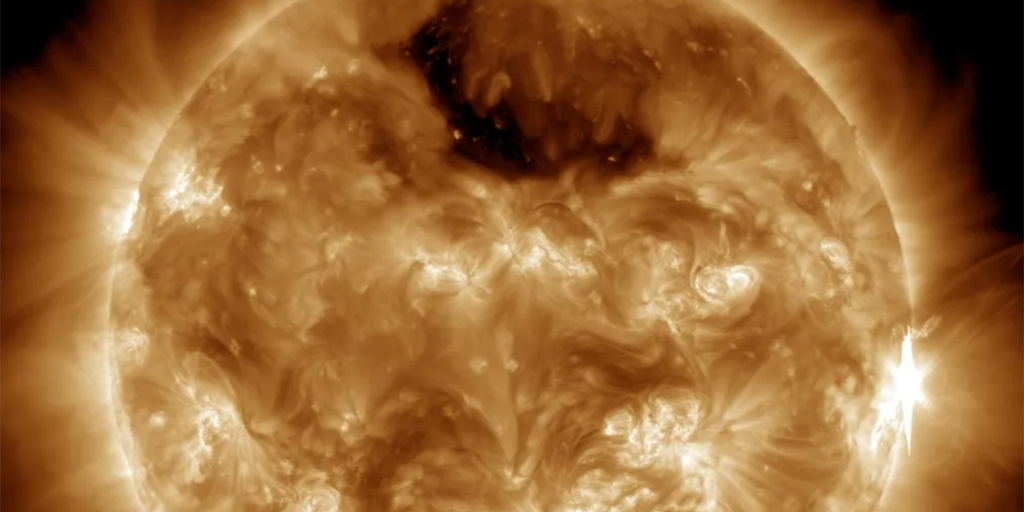The solar system’s largest explosions, solar flares are bursts of energy on the sun’s surface that often appear as localized bursts of bright light.
NOAA Space Weather Instead of one active sunspot region, forecasters are watching for three areas on the sun this week that could produce solar flares, which could cause radio interference.
The sun is approaching a solar maximum 11-year cycle This is the time when sunspots are predicted to be most prevalent. Sunspots can trigger powerful solar flares and associated coronal mass ejections. If these ejections are directed toward Earth, NOAA’s Space Weather Prediction Center will issue a Geomagnetic Storm Watch.
Watch as extreme geomagnetic storms trigger spectacular aurora borealis displays around the world
SWPC is closely monitoring Region 3738, which produced a powerful X1.9 flare on Tuesday morning that caused a strong radio blackout that affected high frequency radio communications on the sunlit side of the Earth for approximately an hour.
NASA’s solar observing satellite captured the image below of the solar flare, which is visible as a bright flash on the right.
Image of a solar flare (bright flash on the right) taken by the NASA Solar Observatory on July 16, 2024. The image highlights the extremely hot material in the flare and shows a subset of extreme ultraviolet light colored gold.
(NASA/SDO)
Region 3738 also produced a powerful X1.2 flare Saturday night and a smaller M2.7 flare Monday morning, and the region is expected to move into the western edge of the sun by Wednesday, according to SWPC.
In addition to the 3738 region, SWPC is also observing the 3751 and 3738 sunspot regions. National Aeronautics and Space Administration (NASA) The satellite shows the sun dotted with sunspots.
Now that the final one is in orbit, what’s next for NOAA’s weather satellites?
These areas “have become areas of increased activity and increased probability of flare occurrence, contributing to slight changes in isolated R3 (strong radio blackout impact) events over several weeks,” the SWPC wrote on Monday.

A NASA solar observatory image showing multiple sunspot groups on July 16, 2024.
(NASA/SDO)
Space weather forecasters said a high number of sunspots on the visible side of the sun could produce flares that could cause small to moderate radio disturbances through Thursday.
In the coming months, the SWPC will have a new forecasting tool when NOAA’s new GOES-19 satellites begin transmitting data with small chronograph instruments that will be monitored continuously. SunIn the outer region of the atmosphere called the corona, NOAA forecasters Solar flare And then a coronal mass ejection occurs.
The new solar storm forecasting capability is expected to be online by spring 2025, in time for solar maximum.


